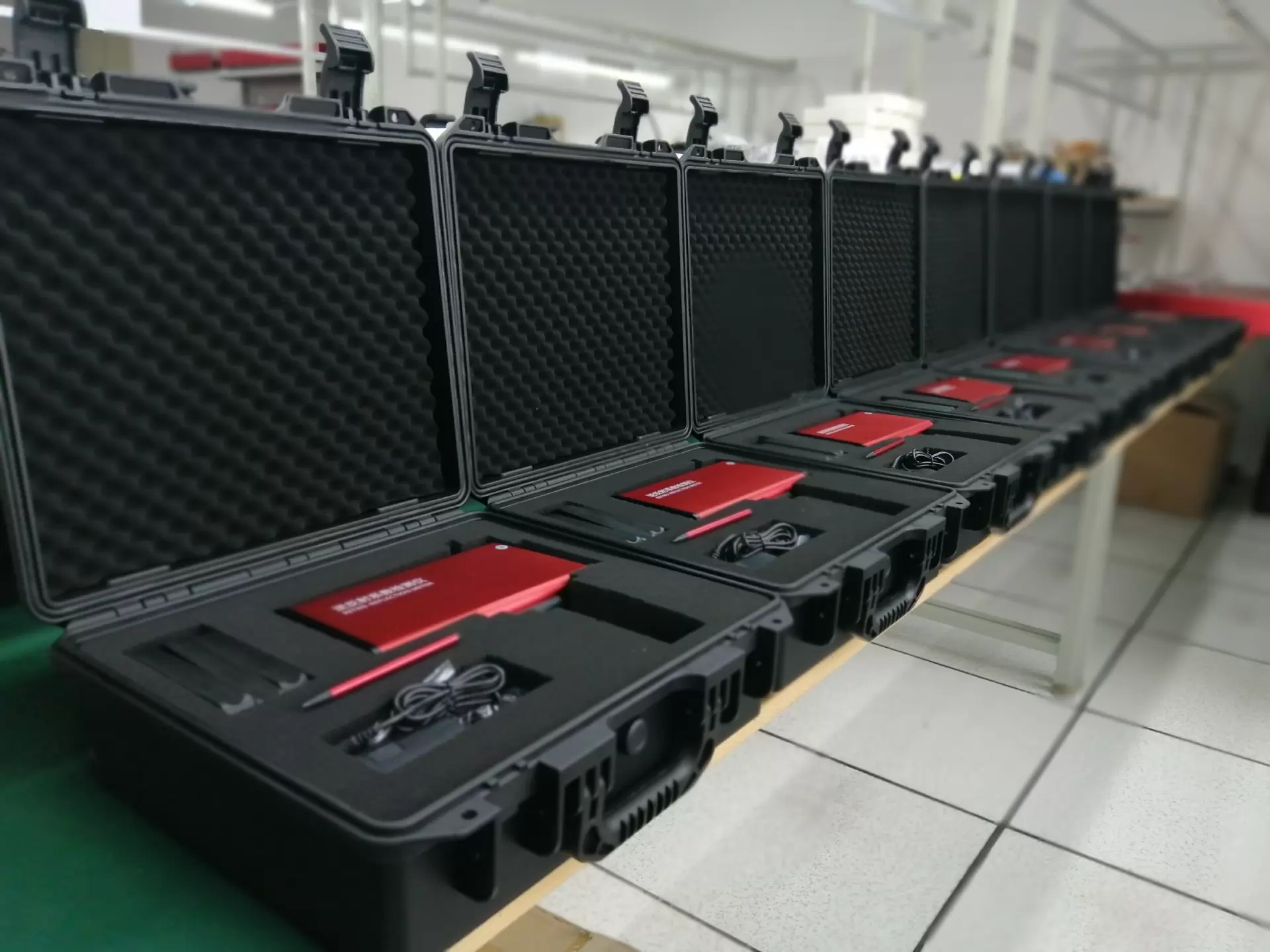PRODUCTS

Glass bead sifter
The glass bead sieving device, also called the glass bead shaper, is a special equipment for detecting the roundness of the glass beads for the reflective markings on the road surface. The RP-920 glass bead sieving device is designed and produced by Beijing Jingqu Technology Co., Ltd. for measuring the geometric characteristics of glass beads in units such as production, quality supervision, engineering construction and supervision. It has the characteristics of reasonable structure, simple and safe operation and good reliability.The structure and performance of the RP-920 glass bead sifter meets the relevant requirements for glass bead detection in my country's transportation industry standard JT/T446 "Glass Beads for Road Marking".
1·Performance characteristics
The glass bead sieving device, also called the glass bead shaper, is a special equipment for detecting the roundness of the glass beads for the reflective markings on the road surface. The RP-920 glass bead sieving device is designed and produced by Beijing Jingqu Technology Co., Ltd. for measuring the geometric characteristics of glass beads in units such as production, quality supervision, engineering construction and supervision. It has the characteristics of reasonable structure, simple and safe operation and good reliability.
The structure and performance of the RP-920 glass bead sifter meets the relevant requirements for glass bead detection in my country's transportation industry standard JT/T446 "Glass Beads for Road Marking".
2. Main technical indicators
Glass plate size: 380mm×150mm
Horizontal angle: 0~5 degrees
Vibrator frequency: 50Hz
Vertical amplitude of glass plate: 0~0.5mm
3. Structural composition
RP-920 glass bead sifter is mainly composed of vibrator, glass plate, power cord (plug) and control box (as shown in the figure below).
Picture 15.png
4·Operation steps
4.1 Preparation: Weigh the glass beads to be separated and spread them evenly on the glass plate, and place a glass container (glass open beaker) at the lower end of the chute at both ends of the plate. Insert the power plug into a 220-volt power outlet.
4.2 Glass sieving operation: put the power switch of the control box in the on position (pull up), adjust the current knob to control the vibration frequency of the vibrating seat and the glass plate left and right and up and down (clockwise increase the current and increase The vibration frequency of the glass plate, on the contrary, reduces the current and reduces the vibration frequency of the glass plate), the spherical glass beads roll towards the lower end of the plate while the diamond or non-spherical glass beads move towards the higher end.
4.3 Measurement: Weigh the spherical glass beads and rhombic or non-spherical glass beads collected in the containers at both ends and calculate the percentage of the total mass of the glass beads to be separated, and record the data.
5. Precautions
5.1 In order to ensure the accuracy of the screening results, the inclination angle of the glass plate should be adjusted as far as possible according to the technical requirements before the screening measurement, the surface of the glass plate should be cleaned, and the vibration frequency should be adjusted.
5.2 In order to accelerate the separation and movement of spherical glass beads and rhombic or non-spherical glass beads, the separation and collection can be accelerated with the help of a brush.
5.3 Attention should be paid to minimize the omission of glass beads when measuring.
6. Storage conditions
The instrument and its accessories should be stored in a dry, clean, stable and vibration-free environment, free of corrosive materials and gases.




